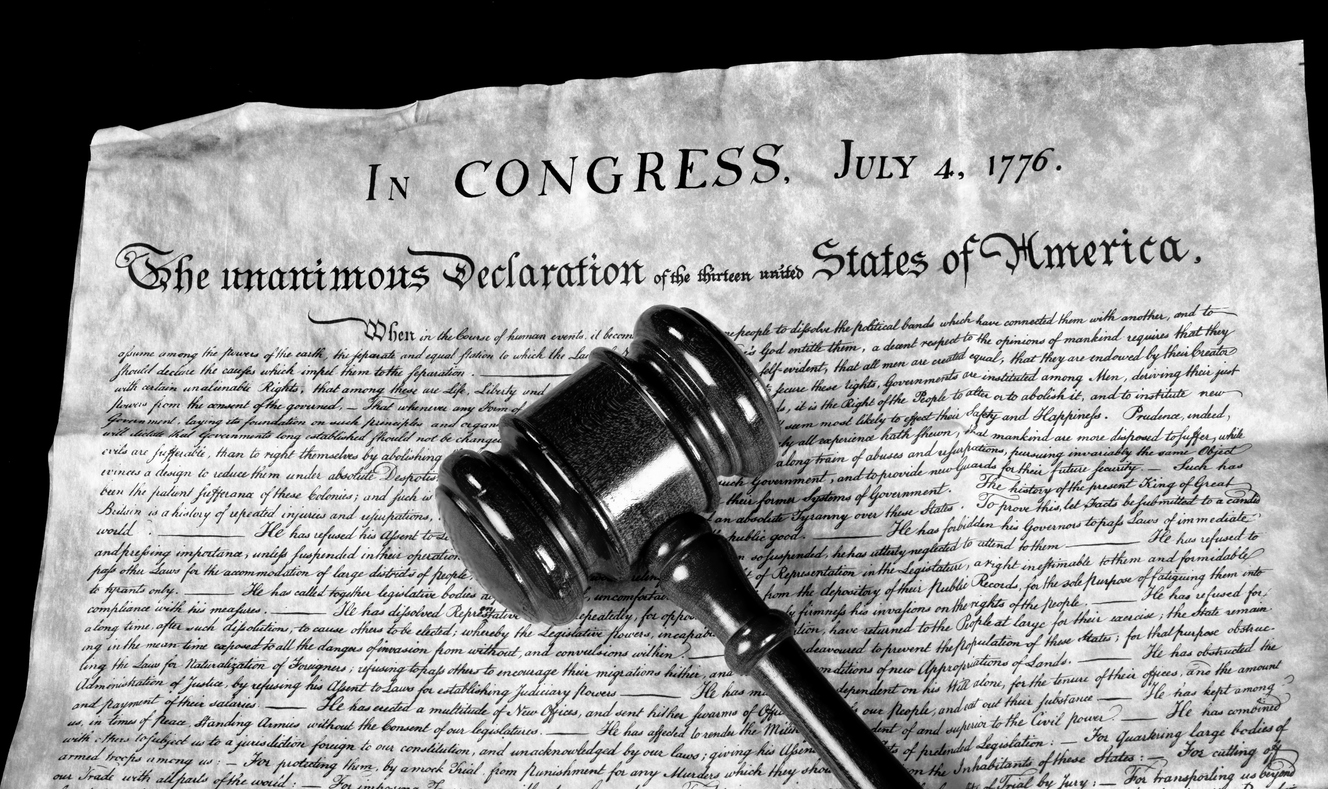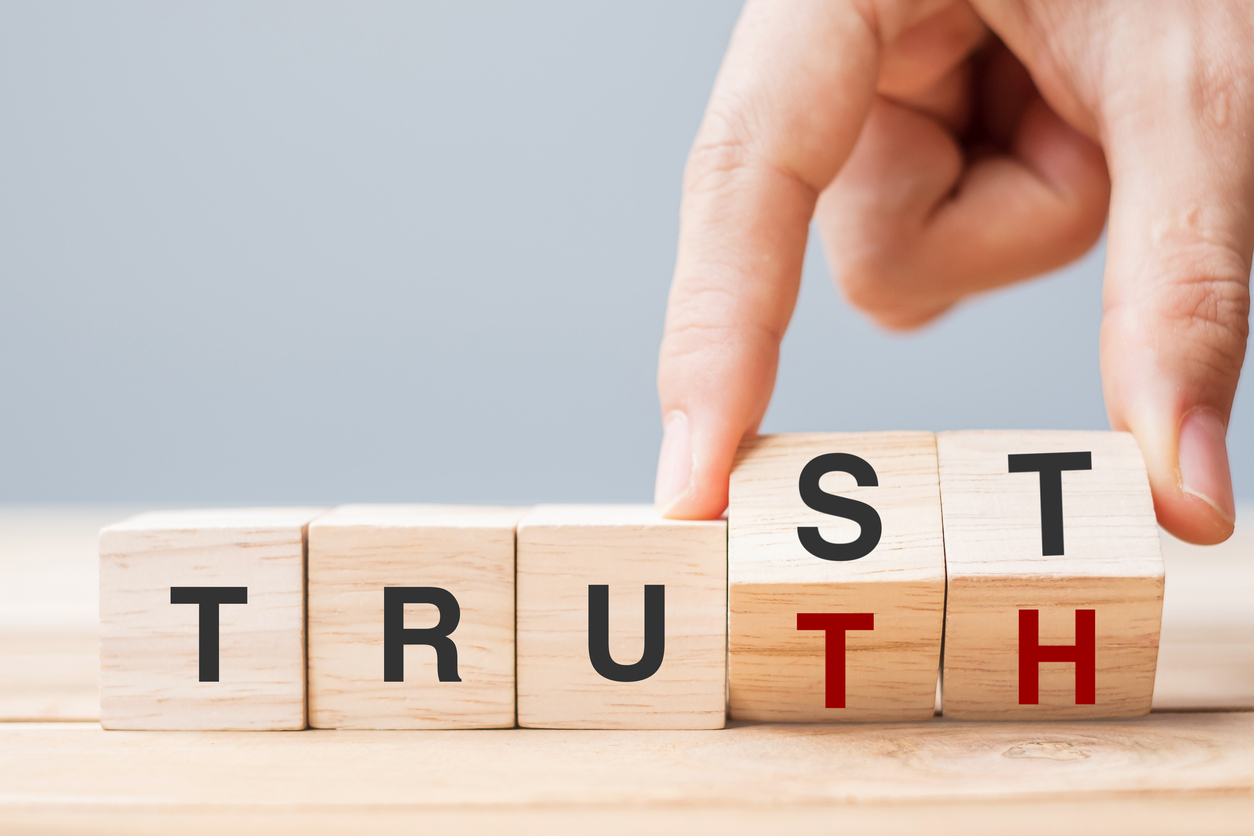Benjamin Franklin played an important role in the Declaration of Independence, the formation of the American insurance industry, and was a leading proponent of better firefighting efforts to protect communities. I have previously made mention of Franklin’s insurance role in Benjamin Franklin is the Father of American Insurance.
Franklin organized Philadelphia’s first volunteer fire department, the Union Fire Company, in 1736 after the city suffered a devastating fire at Fishbourn’s Wharf in 1730. The fire started on a ship and spread to Fishbourn’s Wharf on the Delaware River in Philadelphia. All the warehouses on the wharf burned, as did three neighboring houses. The damage was extensive.
After the fire, Franklin noted that if people had access to good fire engines and equipment, the fire likely could have been contained. This made the need for better fire protection clear.
Dissatisfied with the city’s fire preparedness, Franklin began advocating for a community-based volunteer fire organization to help fight fires and protect property.
In 1733, Franklin published an article in his Pennsylvania Gazette about the need for a better organized fire protection service in Philadelphia, modeled after Boston’s Mutual Fire Societies. Showing that he was a doer and not just a complainer, Franklin then co-founded the Union Fire Company, Philadelphia’s first volunteer fire department, nicknamed the “Bucket Brigade,” in 1736. The Union Fire Company differed from Boston’s model in that it protected the entire community, not just its own members. Twenty-six volunteers signed on as initial members, each equipped with six buckets and two linen bags. They had different roles, like water management, property protection, training, and fire prevention. The Union Fire Company’s success inspired the formation of additional volunteer fire brigades, greatly improving the city’s ability to quickly put out fires while minimizing property damage.
In 1752, Franklin co-founded the Philadelphia Contributionship, which provided fire insurance for houses. It was the first fire insurance company in America. This has earned him the title of “Father of American Insurance.” The company operated on the principle of mutual insurance, where policyholders were also the owners, sharing in profits and losses.
The Philadelphia Contributionship set new standards for building construction, as it would not insure properties it deemed fire hazards. Its criteria evolved into some of America’s first building codes and zoning laws. Franklin pioneered key concepts of property insurance, such as risk-based premiums, building inspections and standards, and a financial reserve fund to pay claims – ideas still central to the modern insurance industry.
In 1759, Franklin also helped found the Presbyterian Ministers’ Fund, the first life insurance company in America. The Presbyterian Ministers’ Fund was created by the Presbyterian leaders in Philadelphia and New York. Its original name was the Corporation for Relief of Poor and Distressed Widows and Children of Presbyterian Ministers. The fund aimed to provide financial assistance and security to the widows and children of deceased Presbyterian ministers and missionaries. Early forms of life insurance were often started by religious organizations to protect the families of clergy members.
Franklin was instrumental in getting the company chartered and operational. The Presbyterian Ministers’ Fund was a very early example of a chartered life insurance company in the American colonies. It was one of the few life insurance enterprises that existed prior to American independence in 1776.
The company set an important precedent as a member-owned mutual insurance company. Policyholders contributed premiums into a general fund that would be used to pay benefits to the families of deceased members. In 2002, the parent company of the Presbyterian Ministers’ Fund was acquired by Nationwide Mutual Insurance Company after over 240 years in operation. This makes it one of the longest continuously operating life insurance companies in American history.
Regarding the Declaration of Independence, Franklin was a strong advocate for colonial independence. When he returned to America from England in 1775, he joined the Second Continental Congress and served on several committees that laid the groundwork for independence.
In June 1776, the Continental Congress appointed a Committee of Five to draft a formal statement declaring the colonies’ independence from Britain. Franklin was selected to the committee along with Thomas Jefferson, John Adams, Robert Livingston, and Roger Sherman. As a member of the committee, Franklin reviewed and edited Thomas Jefferson’s initial draft of the Declaration. One of his most significant suggestions was changing Jefferson’s phrase “We hold these truths to be sacred and undeniable” to “We hold these truths to be self-evident” – an edit that shaped one of the most famous lines in the document.
In my research, I was surprised to learn that the actual Declaration of Independence was not signed until August 2, 1776. So, why do we celebrate Independence Day on July 4? An article, “Are We Celebrating Our Independence on the Wrong Day?” noted the discrepancy:
On July 2, the Continental Congress voted for independence. John Adams, a delegate from Massachusetts, declared that July 2 would forever be remembered and celebrated yearly as the most important day in our nation’s history. It didn’t work out that way. For the next two days, the delegates carefully studied Jefferson’s draft. They changed the wording of some parts, deleted other parts, and added a few things. But overall, the work remained mostly Jefferson’s.
On July 4, John Hancock, President of the Continental Congress, and Charles Thompson, Secretary of the Continental Congress, signed the approved document. The following day, 200 copies were printed and sent by couriers throughout the colonies. On July 18, a copy reached Boston.
On July 19, 1776, the Congress voted to commission a handwritten copy of the Declaration on parchment. On August 2, the delegates signed the parchment copy. This is the document that is now in the National Archives. Every year, on July 4 (not July 18) the Declaration of Independence is read to Boston’s citizens from the Old State House balcony.
Another article, The Story of the Fourth of July, further explained how July 4 became the United States official Independence Day we celebrate:
…July 4, 1776 wasn’t the day that the Continental Congress decided to declare independence (they did that on July 2, 1776).
It wasn’t the day we started the American Revolution either (that had happened back in April 1775).
And it wasn’t the day Thomas Jefferson wrote the first draft of the Declaration of Independence (that was in June 1776). Or the date on which the Declaration was delivered to Great Britain (that didn’t happen until November 1776). Or the date it was signed (that was August 2, 1776).
So what did happen on July 4, 1776?
The Continental Congress approved the final wording of the Declaration of Independence on July 4, 1776. They’d been working on it for a couple of days after the draft was submitted on July 2nd and finally agreed on all of the edits and changes.
July 4, 1776, became the date that was included on the Declaration of Independence, and the fancy handwritten copy that was signed in August (the copy now displayed at the National Archives in Washington, D.C.) It’s also the date that was printed on the Dunlap Broadsides, the original printed copies of the Declaration that were circulated throughout the new nation. So when people thought of the Declaration of Independence, July 4, 1776 was the date they remembered.
In contrast, we celebrate Constitution Day on September 17th of each year, the anniversary of the date the Constitution was signed, not the anniversary of the date it was approved. If we’d followed this same approach for the Declaration of Independence we’d be celebrating Independence Day on August 2nd of each year, the day the Declaration of Independence was signed!
How did the Fourth of July become a national holiday?
For the first 15 or 20 years after the Declaration was written, people didn’t celebrate it much on any date. It was too new and too much else was happening in the young nation. By the 1790s, a time of bitter partisan conflicts, the Declaration had become controversial. One party, the Democratic-Republicans, admired Jefferson and the Declaration. But the other party, the Federalists, thought the Declaration was too French and too anti-British, which went against their current policies.
By 1817, John Adams complained in a letter that America seemed uninterested in its past. But that would soon change.
After the War of 1812, the Federalist party began to come apart and the new parties of the 1820s and 1830s all considered themselves inheritors of Jefferson and the Democratic-Republicans. Printed copies of the Declaration began to circulate again, all with the date July 4, 1776, listed at the top. The deaths of Thomas Jefferson and John Adams on July 4, 1826, may even have helped to promote the idea of July 4 as an important date to be celebrated.
Celebrations of the Fourth of July became more common as the years went on and in 1870, almost a hundred years after the Declaration was written, Congress first declared July 4 to be a national holiday…
Like most things in life, many factual actions have to happen to make success a reality and for progress to occur. Perhaps all of us in the insurance claims industry can take a little inspiration from ole Ben Franklin by taking more positive actions to correct injustice rather than just complaining about the status quo.
Cheers to you as we celebrate America’s Independence!
Thought For The Day
Any fool can criticize, condemn and complain – and most fools do.
—Benjamin Franklin




